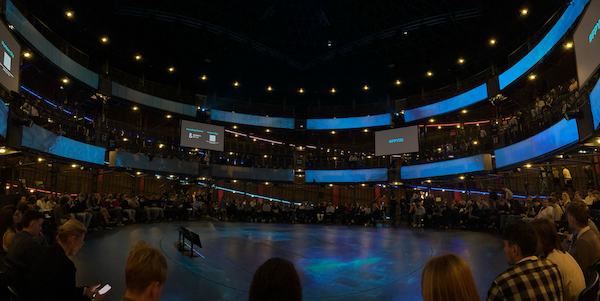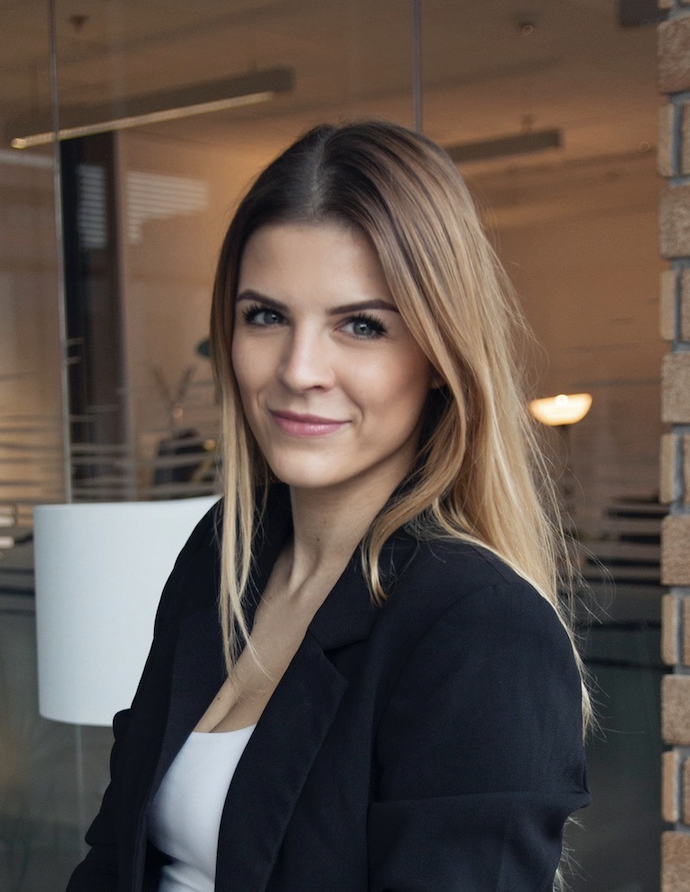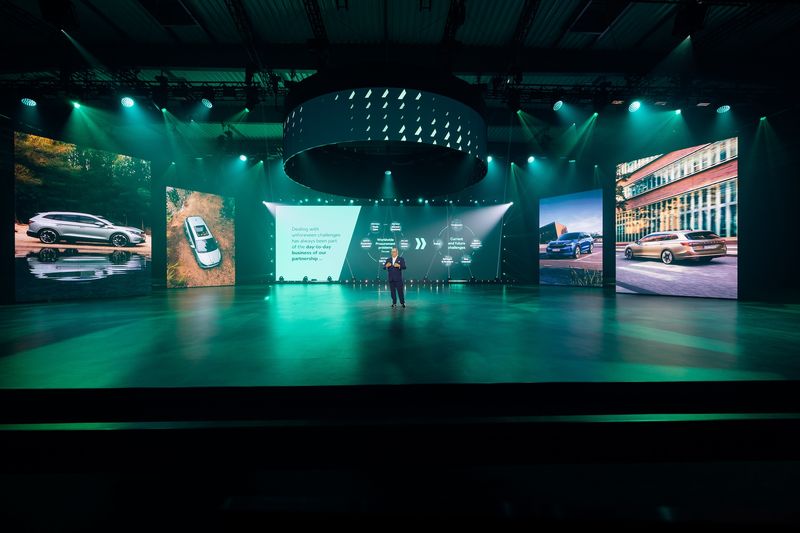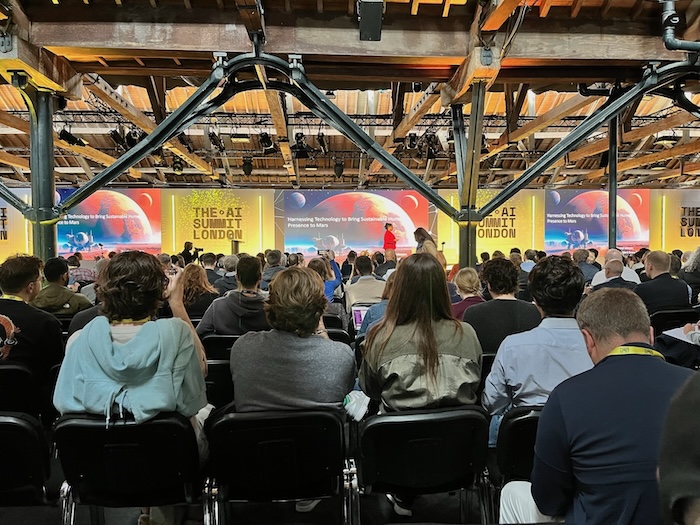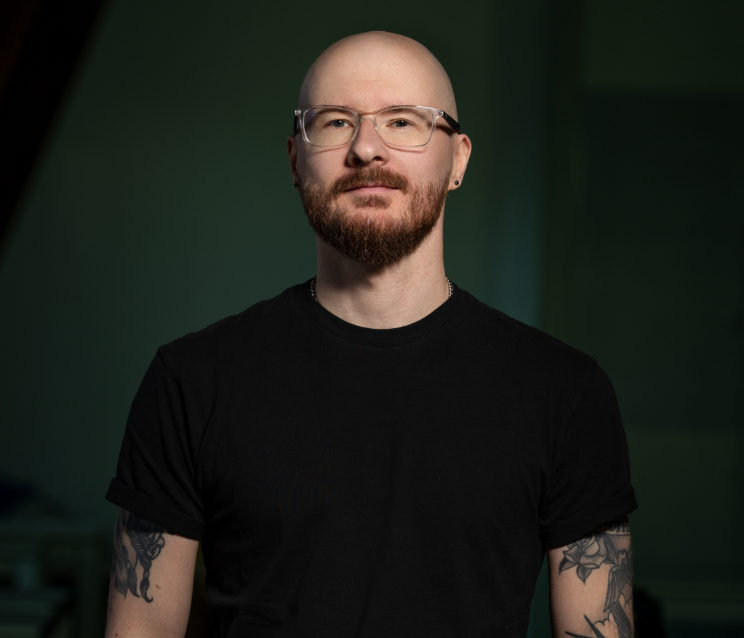Pushing the Boundaries of Reality: Our First Steps with Apple Vision Pro
At Green:Code, we got our hands on Apple Vision Pro. Our co-CEO Václav “Vašek” Bittner is a legend—if something needs to happen, he makes it happen, and sourcing the headset was no problem. Since Vision Pro isn’t officially available outside the U.S. yet, it was both an exciting opportunity and a bit of a challenge for us. Sure, 3D videos and touchable dinosaurs are cool—but building something of our own is even cooler. We didn’t hesitate for a second and started coding the Green:Code visionOS app.
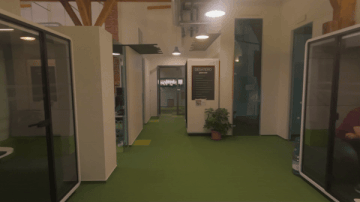
Programming challenges: reality hits different
We work with Swift and SwiftUI for iOS every day, yet building for spatial computing in visionOS still caught us off guard a few times. We had to bring in RealityKit, use ImmersiveSpace, and set up scenes with Reality Composer Pro—so you feel like you’re looking at a real car right in your living room, office, or wherever you are.
The 3D model as the center of the universe
An even bigger nut to crack than the new 3D programming paradigms was preparing the car’s 3D model. And what better choice for Apple Vision Pro than the Škoda Vision iV? Easy. At first the car floated away, had no wheels, half a roof, or missing materials. The only way forward was to sit down and binge several hours of WWDC videos where Apple explains the details—so we could tame the Vision iV and place it correctly in space.

ImmersiveSpace pulled us in completely
The app starts in a classic window, where “plain” SwiftUI fits perfectly. It doesn’t look that different—until you notice the Model3D component.

Our goal, however, was to place the Škoda Vision iV at true scale right in front of the user—so real you’d feel you could reach out and touch it. Needless to say, almost everyone tried exactly that 🙂… Some even attempted to get in, start it up, and drive away. We’re not quite there yet. Still, we succeeded in anchoring the car in space, which let us explore new dimensions of interaction and gave us valuable hands-on insight into the possibilities and limits of augmented reality on Apple Vision Pro.

What We Learned — and a Few Closing Thoughts
This project showed us that success in augmented reality requires not only technical skills, but also the ability to adapt to new modes of interaction between people and the digital world. Our experience with Apple Vision Pro suggests the beginning of a new era in both our work and everyday life. We’re entering a world where the boundaries between digital and physical environments will become increasingly fluid and interactive.
Our first hands-on work with the headset wasn’t without its challenges and hurdles. Even so, it was a highly instructive and exciting experience. It turned out that moving from traditional iOS development to AR development isn’t just about switching technical environments—it’s about expanding our understanding of how people can interact with technology.
Our journey with Apple Vision Pro is only just beginning. But we’re already excited about the projects ahead that will let us explore new frontiers of augmented reality. With every step, we learn, adapt, and innovate—and that’s exactly what moves us forward as developers. In a world where technology evolves constantly, our experience with Apple Vision Pro is a clear reminder that the future is already here. And we’re ready for it.


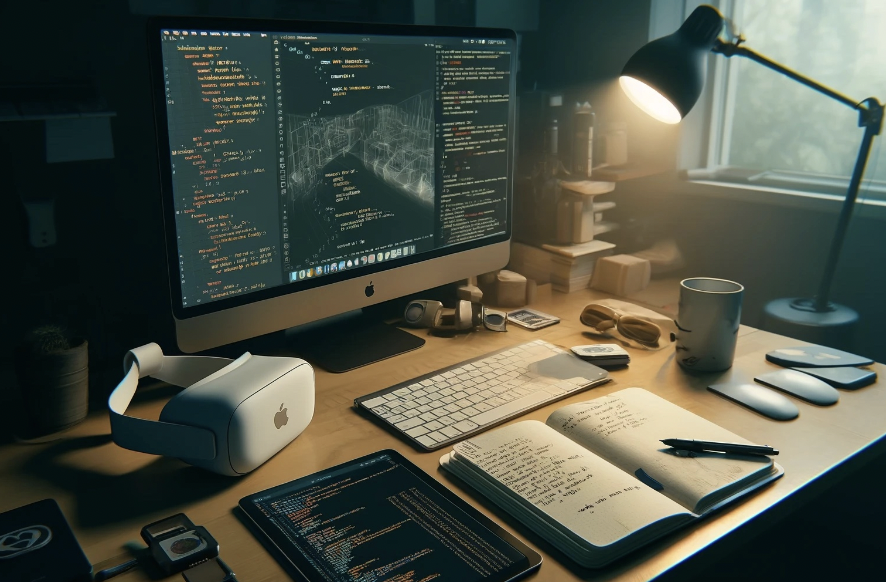

.jpg)

